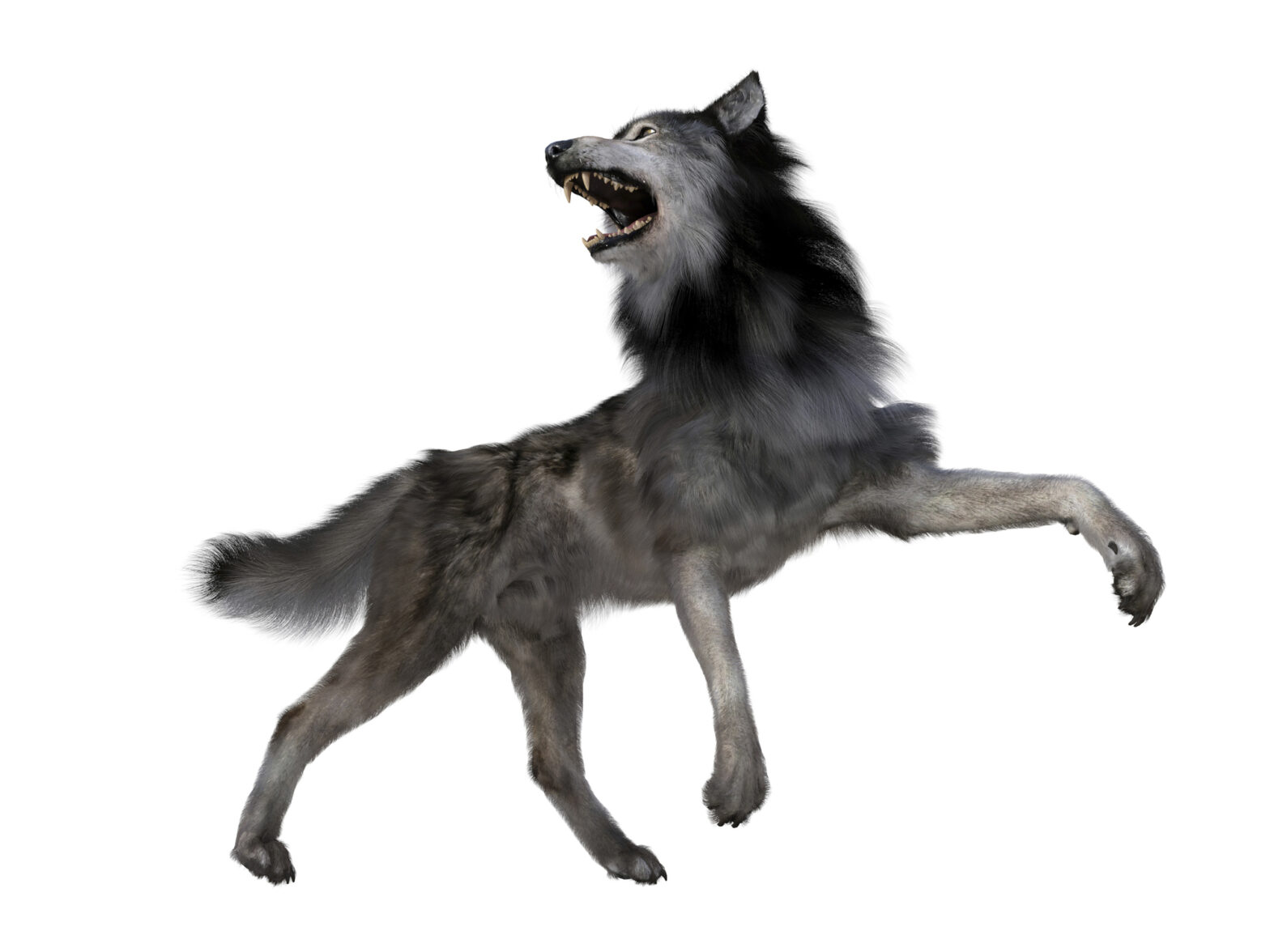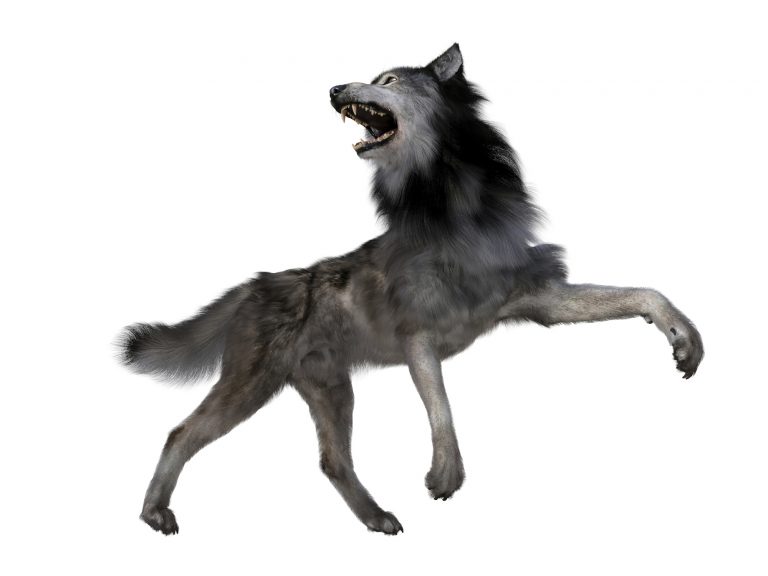
Startup Colossal Biosciences said he has used advanced technology to return to the wolf dirós, the large canine species that faded more than 10,000 years ago, which is a daring step towards investment extinction.
He told Ben Lamm, founder and CEO of the Biotechnological Company based in Dallas CableOne of the first points of sale to a look at the five -month -old wolf puppies, which is the first time that an animal has been extinct. As a serial entrepreneur, LAMM founded the company in 2021 and plans to return to the Mammoth wool, the DODO and other extinct animals, editing the genes of the closest relatives of the species.
Colossal claims that he has already made three nefarious wolves in his innovative project
“We can not only identify old and predict what they do, we can engine them in cell lines and we can create them successfully and healthy and return them to bring them, which is impressive,” said Lamm, according to Wired.
He claims that Colossal has already made three terrible wolves and plans to make about seven or eight. The trio is made up of Romulus i Remus, born in October and named the name of the twin brothers of Roman mythology who were raised by a She-welp. A third wolf dirós, Khaleesi, was named after Game of Thrones Character Daenerys Targaryen and was born in January.
“We call them olvas” nefarious “
Although lousy wolf puppies are surprisingly identical to extinct species, they were born through subrogated dogs and have different mothers. According to Wired, Colossal Director of Sciences, Beth Shapiro, also worked on the Desthetage Project, which comes from a research document that co -authored the use of genomes from five different fossils to “ reconstruct the evolutionary history of bad wolves ”, according to research work.
For this project, Shapiro and his colleagues used DNA of two fossils mentioned in the work. Scientists edited genes to preserve direct wolf traits using their closest and almost identical relative: gray wolf. Although there are some mixed feelings among scientists about whether they are truly nefarious wolves (or simply gray wolves that have edited their genes), Lamm said he believed that the process successfully resurrected the wolf dirós.
“We call them nefarious wolves,” he said, by cable. “What is interesting is that speciation is an area where scientists cannot agree.”
Some scientists remain skeptical
Dr. Julie Meachen, who spent most of her career in Llops, also co -authored the Research Document with Shapiro. He shared his thoughts on the Biotechnology Advancement of Colossal, but is still skeptical.
“I don’t think they are nefarious wolves. I don’t think what we have are the ominous wolves,” said Meachen News ABC. “What we had is something new: we have a largely gray wolf that looks like a terrible wolf.”
Shapiro returned to Meachen’s statements, saying that the project from extinction again brought the nefarious wolves.
“I think the best definition of a species is if it seems that this species, if it acts like this species, if it is filling the role of this species, you have done it,” he said.
Colossal now values $ 10.2 billion
The company plans to resurrect Woollly’s mammoth, another extinct species, by 2028. According to Shapiro, these projects are risky, but essential for leading other monumental advances.
“If we decide as a society that these new technologies available to us are too risky, we do not want to have the opportunity, we will not try to save species by implementing types of genetic engineering of genetic technologies, this is a choice that also has consequences,” he said, for ABC News.
Colossal now has a value of $ 10.2 billion after raising $ 435 million in total funding. Along Forbidden and Sports IllustratedThe company has an extensive list of principles investors, particularly in sports, including Tom Brady; Mark Walter, co -owner of Los Angeles Dodgers, who invested in the company through his Global Twg company; and Thomas Tull, co -owner of the Pittsburgh Steelers and the Yankees in New York.




